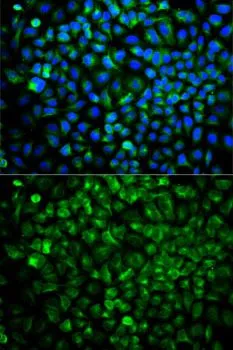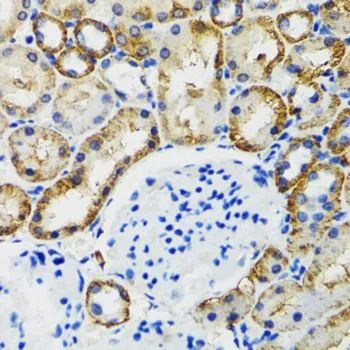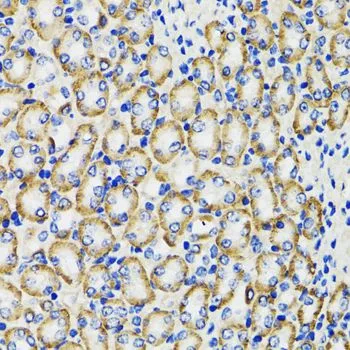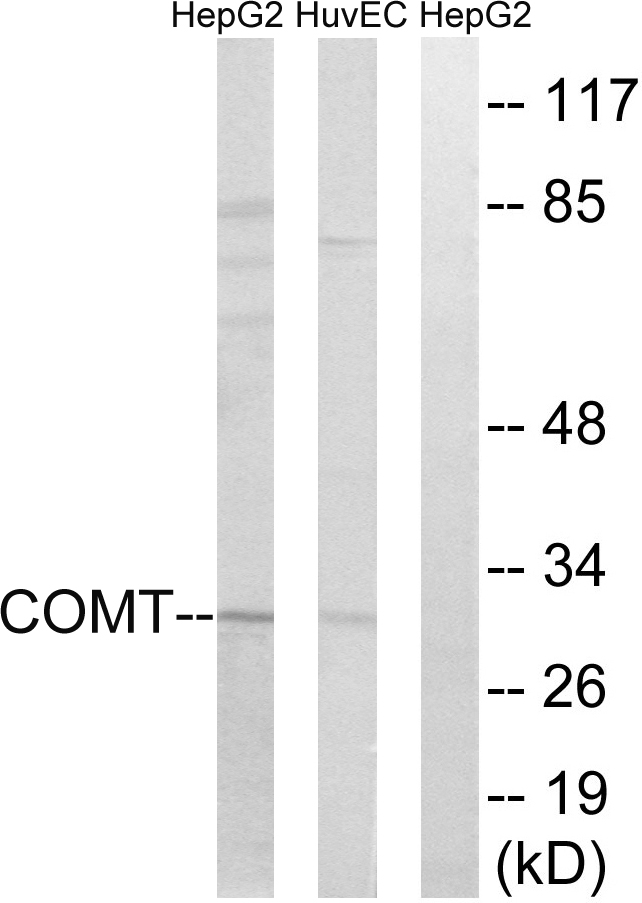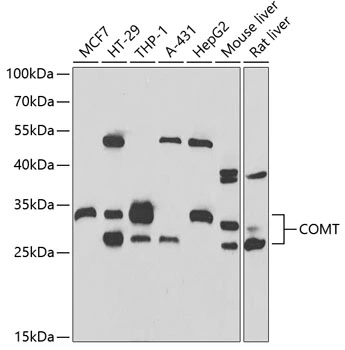
WB analysis of various sample lysates using GTX33108 COMT antibody. Dilution : 1:1000 Loading : 25microg per lane
COMT antibody
GTX33108
ApplicationsImmunoFluorescence, Western Blot, ImmunoCytoChemistry, ImmunoHistoChemistry, ImmunoHistoChemistry Paraffin
Product group Antibodies
TargetCOMT
Overview
- SupplierGeneTex
- Product NameCOMT antibody
- Delivery Days Customer9
- Application Supplier NoteWB: 1:500 - 1:2000. ICC/IF: 1:50 - 1:200. IHC-P: 1:50 - 1:200. *Optimal dilutions/concentrations should be determined by the researcher.Not tested in other applications.
- ApplicationsImmunoFluorescence, Western Blot, ImmunoCytoChemistry, ImmunoHistoChemistry, ImmunoHistoChemistry Paraffin
- CertificationResearch Use Only
- ClonalityPolyclonal
- ConjugateUnconjugated
- Gene ID1312
- Target nameCOMT
- Target descriptioncatechol-O-methyltransferase
- Target synonymsHEL-S-98n, catechol O-methyltransferase, epididymis secretory sperm binding protein Li 98n, testicular tissue protein Li 42
- HostRabbit
- IsotypeIgG
- Protein IDP21964
- Protein NameCatechol O-methyltransferase
- Scientific DescriptionCatechol-O-methyltransferase catalyzes the transfer of a methyl group from S-adenosylmethionine to catecholamines, including the neurotransmitters dopamine, epinephrine, and norepinephrine. This O-methylation results in one of the major degradative pathways of the catecholamine transmitters. In addition to its role in the metabolism of endogenous substances, COMT is important in the metabolism of catechol drugs used in the treatment of hypertension, asthma, and Parkinson disease. COMT is found in two forms in tissues, a soluble form (S-COMT) and a membrane-bound form (MB-COMT). The differences between S-COMT and MB-COMT reside within the N-termini. Several transcript variants are formed through the use of alternative translation initiation sites and promoters. [provided by RefSeq, Sep 2008]
- Storage Instruction-20°C or -80°C,2°C to 8°C
- UNSPSC12352203

